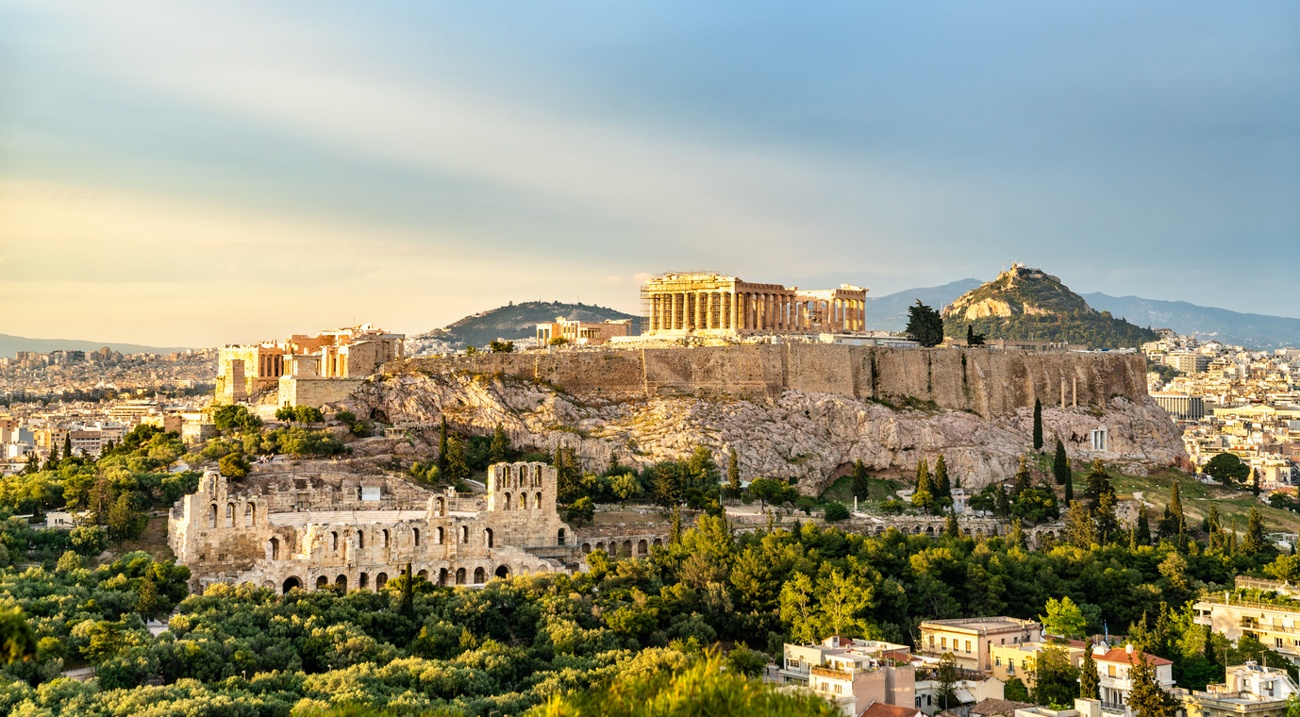
Acropolis (Athens)
The Acropolis of Athens is a group of ancient buildings located on a rocky hill overlooking the city of Athens. It was built mainly in the 5th century BC, during the rule of Pericles, as a symbol of the glory and culture of classical Greece. Among its most outstanding monuments are the Parthenon, the temple dedicated to the goddess Athena; the Erechtheion, with its famous portico of the Caryatids; the Propylaea, the monumental entrance to the Acropolis; and the temple of Athena Nike, the goddess of victory. The Acropolis has been a World Heritage Site since 1986 and is one of the most visited sites in the world.
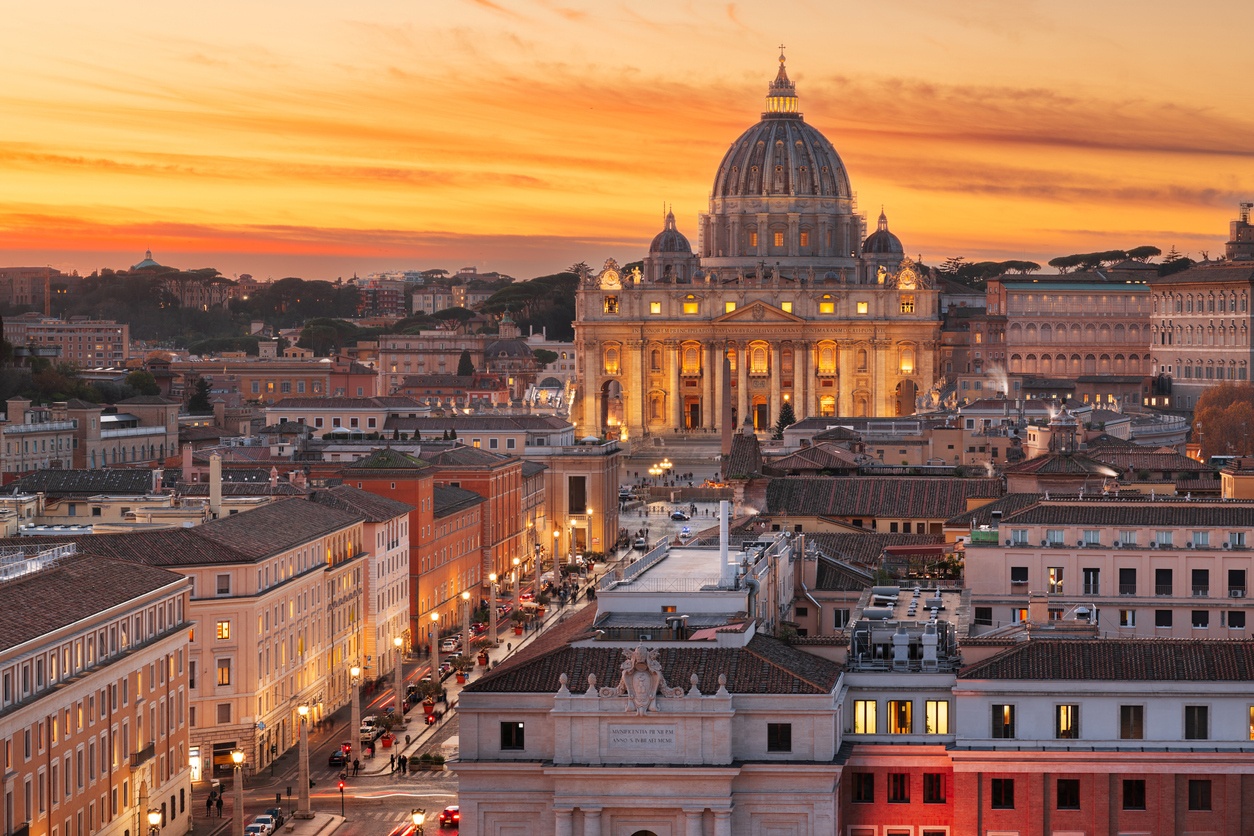
St. Peter’s Basilica (Vatican City)
St. Peter’s Basilica is one of the most famous churches in the world, located in Vatican City. It was built in the 16th century by important architects, including Michelangelo, and is considered one of the most outstanding examples of the Italian Renaissance. The Basilica has a huge dome that rises 136 meters high and is visible from much of the city of Rome. It is also the burial place of many popes, including Pope John Paul II, and houses a large number of works of art, such as Michelangelo’s La Pieta and the bronze statue of St. Peter.
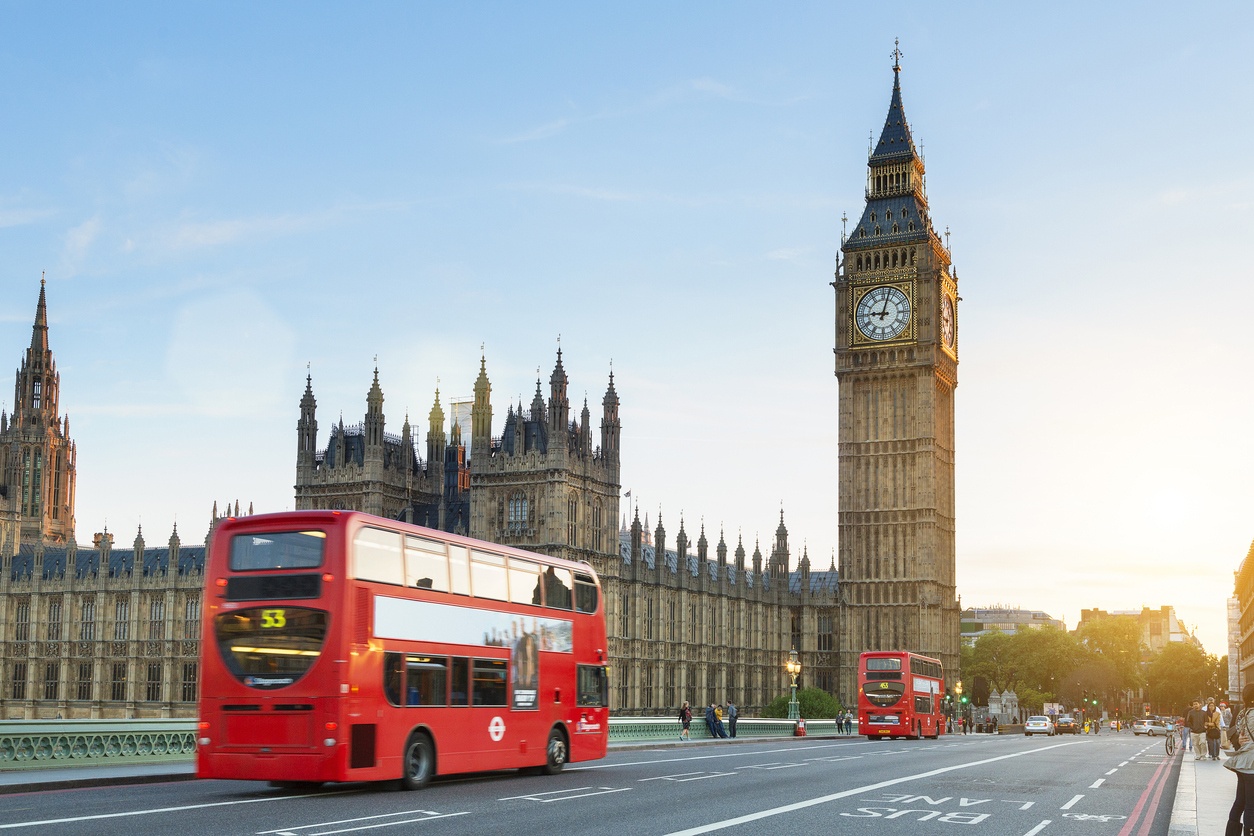
Big Ben (London)
Big Ben is the name of the large bell on the clock tower of the Palace of Westminster, the seat of the Parliament of the United Kingdom, in London. By extension, this is also the name given to the clock and the tower, which since 2012 has been officially named Elizabeth Tower, in honor of Queen Elizabeth II. Big Ben is one of London’s most famous icons and its sound is broadcast on the radio every day. The clock has four faces seven meters in diameter and has been in operation since 1859. The tower has a neo-Gothic style and is 96 meters high.
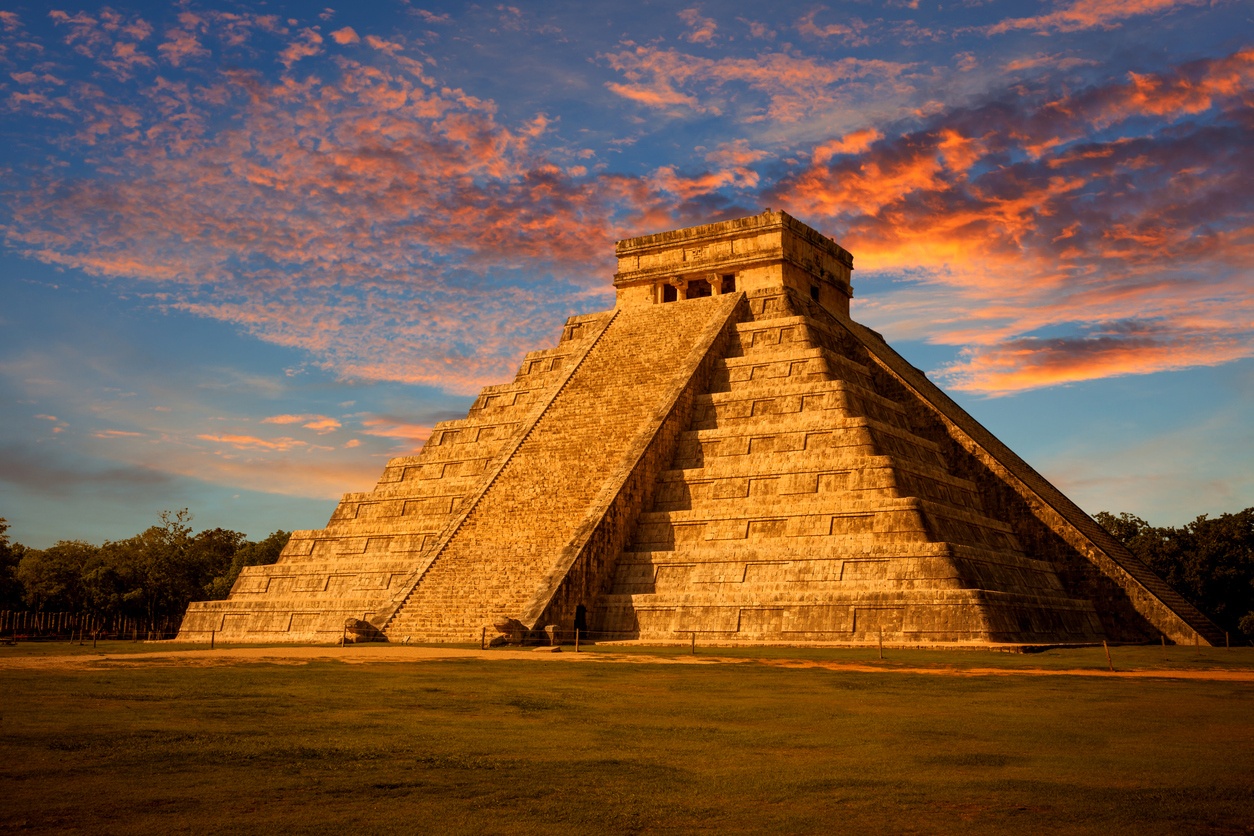
Chichen Itza (Mexico)
Chichén Itzá is a pre-Columbian archaeological site located in the Yucatán Peninsula, Mexico, and was an important Mayan city in the Classic period. The site features several notable buildings, including the famous pyramid of Kukulcan, an astronomical observatory, a ball game and several temples and palaces. Chichén Itzá is also known for its impressive water systems and aqueducts. The city was abandoned in the 15th century and was later rediscovered in the 19th century. Today, it is one of Mexico’s most popular tourist destinations and is considered one of the New Seven Wonders of the World.
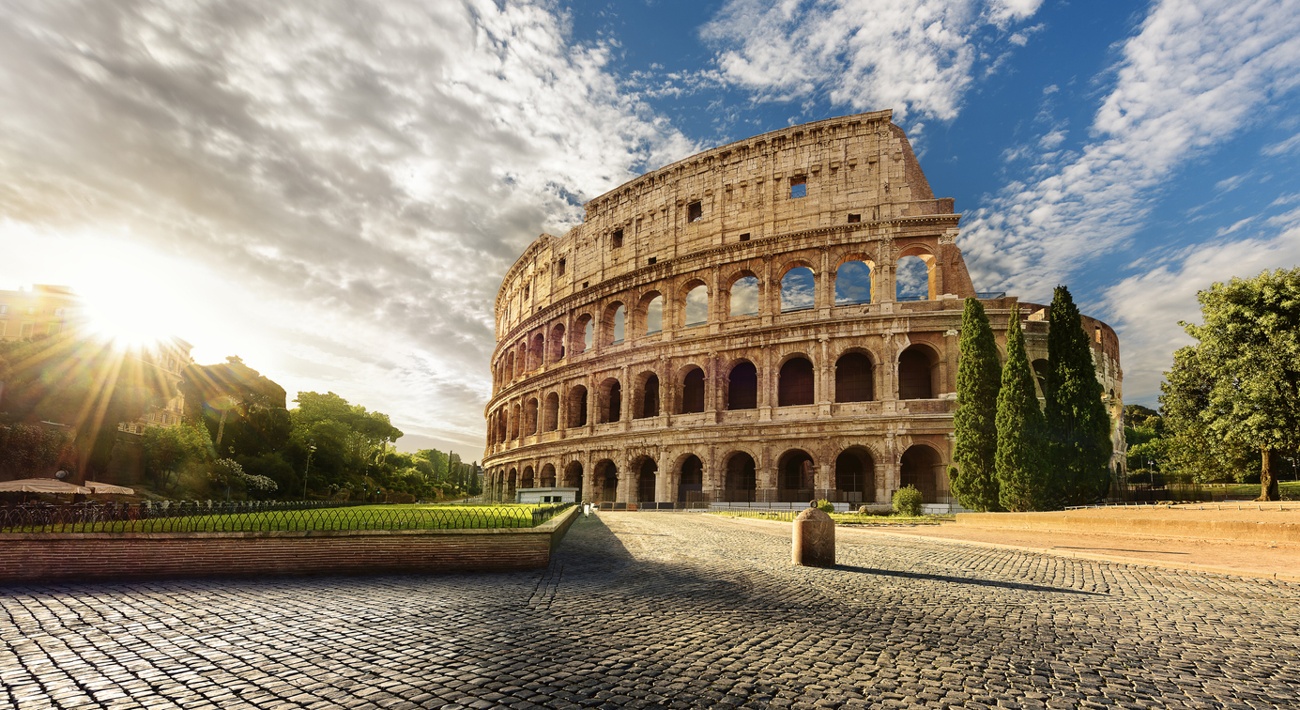
Coliseum (Rome)
The Colosseum is an amphitheater from the time of the Roman Empire, built in the first century A.D. in the center of Rome. It was the scene of public spectacles such as gladiator fights, animal hunts, battle re-enactments and executions. It could seat about 50,000 spectators and was the largest amphitheater in the ancient world. Its original name was the Flavian Amphitheater, but it was called the Colosseum because of a large statue of Nero nearby. The Colosseum has been a World Heritage Site since 1980 and is one of the most famous symbols of Italy.
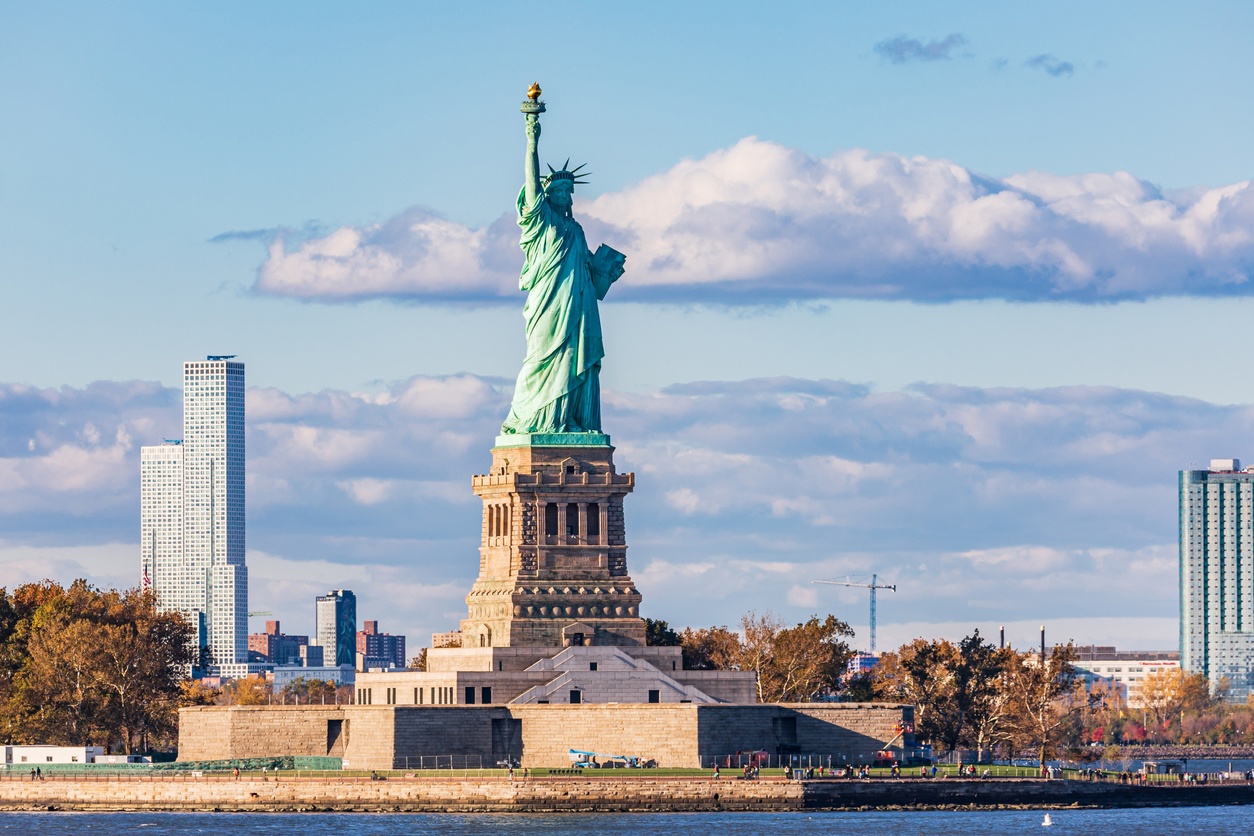
Statue of Liberty (New York)
The Statue of Liberty is a famous monument located on Liberty Island in New York City. It was a gift from France to the United States in 1886 in commemoration of the centennial of the Declaration of Independence. The statue represents Libertas, the Roman goddess of liberty, and symbolizes freedom and democracy throughout the world. Standing 46 meters tall, the statue is one of New York’s most iconic structures and is a popular tourist destination. Since 1984, the Statue of Liberty has been designated a UNESCO World Heritage Site.
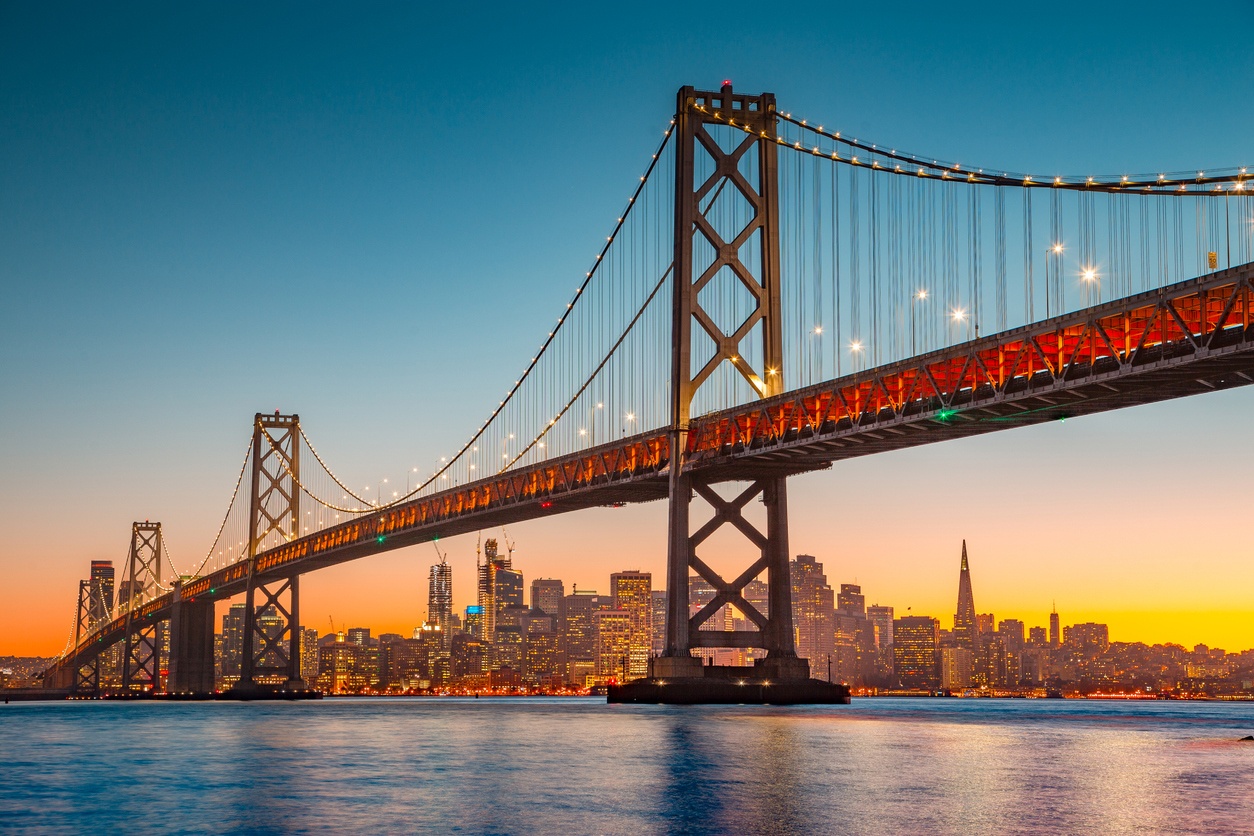
Golden Gate (San Francisco)
The Golden Gate Bridge is a suspension bridge that crosses the strait of the same name, connecting the San Francisco Bay with the Pacific Ocean. It was built between 1933 and 1937 and is one of the most recognizable symbols of San Francisco and the United States. It has a total length of 2737 meters and a height of 227 meters. Its reddish color is due to a special paint that protects it from corrosion and fog. The bridge has six lanes for vehicular traffic and two lanes for pedestrians and bicycles. From the bridge you can enjoy breathtaking views of the city, the sea and the mountains.
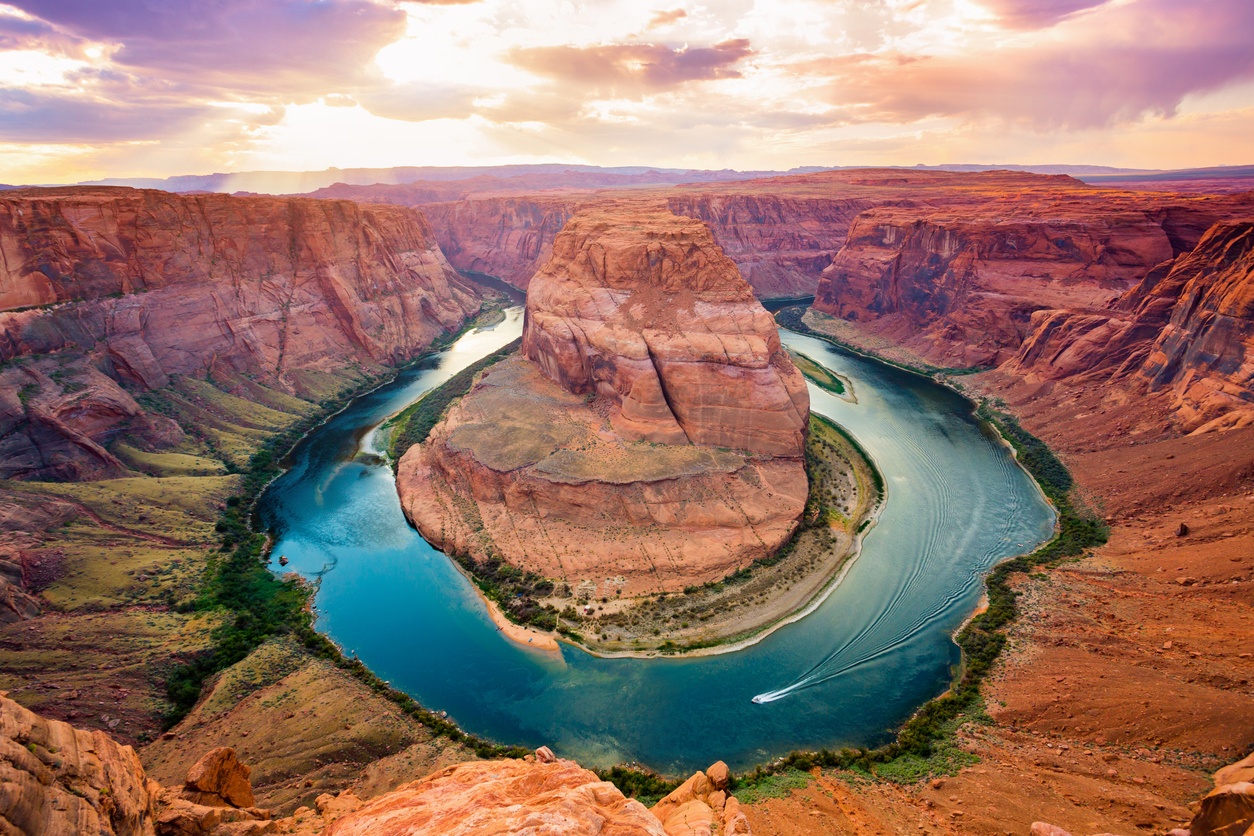
Grand Canyon of the Colorado (Arizona)
The Grand Canyon of the Colorado is an impressive gorge located in the state of Arizona, in the United States. It was formed by the Colorado River that eroded the rock over millions of years. The canyon is 446 km long and up to 1.6 km deep at some points, with a width varying between 6 and 29 km. It is considered one of the most impressive natural landscapes in North America and attracts millions of tourists each year. In addition, it is home to diverse animal and plant species, many of which are endemic to the area.
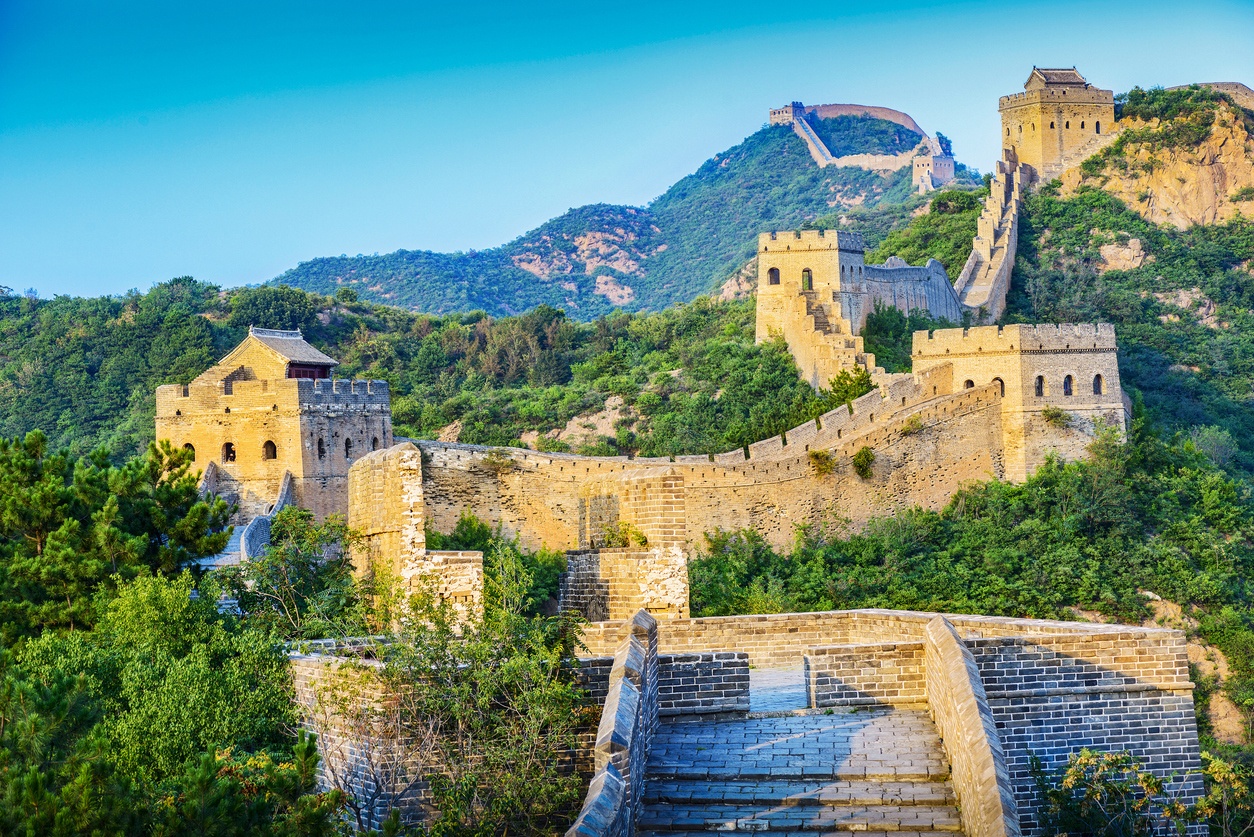
Gran Muralla (China)
The Great Wall is a fortification built in northern China to protect the border of the Chinese Empire from the invasions of the nomadic peoples of Mongolia and Manchuria. Its construction began in the 5th century BC and lasted until the 17th century AD, spanning different dynasties and historical periods. The wall has a total length of about 21,200 km, counting its branches and secondary constructions, although only 30% of it is preserved. It is considered the greatest engineering work in history and was declared a World Heritage Site by UNESCO in 1987. The wall is formed by stone, brick and earth walls, with watchtowers, gates and fortresses. Its original Chinese name is Chang Cheng, which means «long wall».
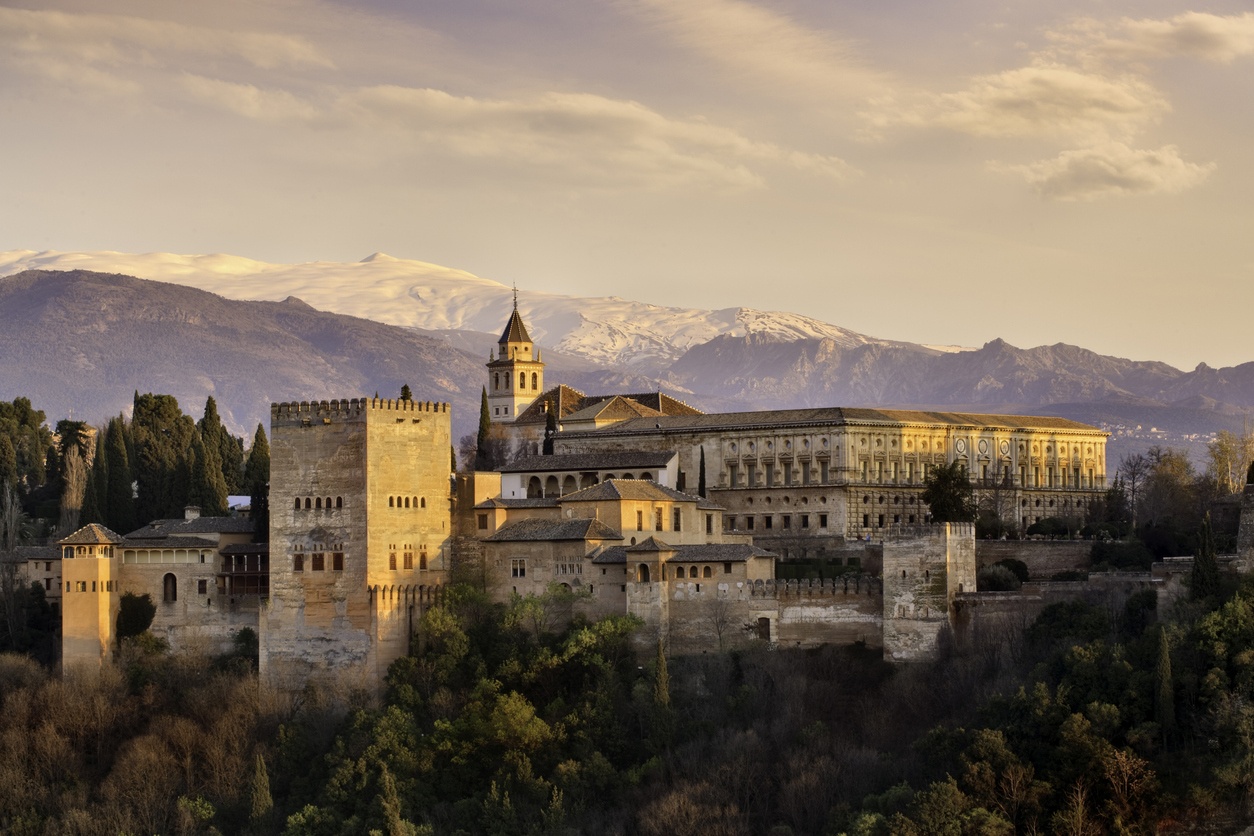
Alhambra (Granada)
The Alhambra is a monumental complex located in Granada, Spain, which was the residence of the Nasrid kings and Christian monarchs after the conquest of the city in 1492. The Alhambra consists of a fortified citadel (the Alcazaba), several palaces (the Palace of Comares, the Palace of the Lions and the Palace of Charles V), gardens (the Generalife and the Partal) and auxiliary buildings (the Medina, the Mexuar and the Tower of Justice). The Alhambra is an example of Islamic and Renaissance architecture, with a rich decoration based on plasterwork, tiles and fountains. The Alhambra is a World Heritage Site since 1984 and one of the most visited monuments in Spain. Its name means «the red» in Arabic, because of the color of its walls.
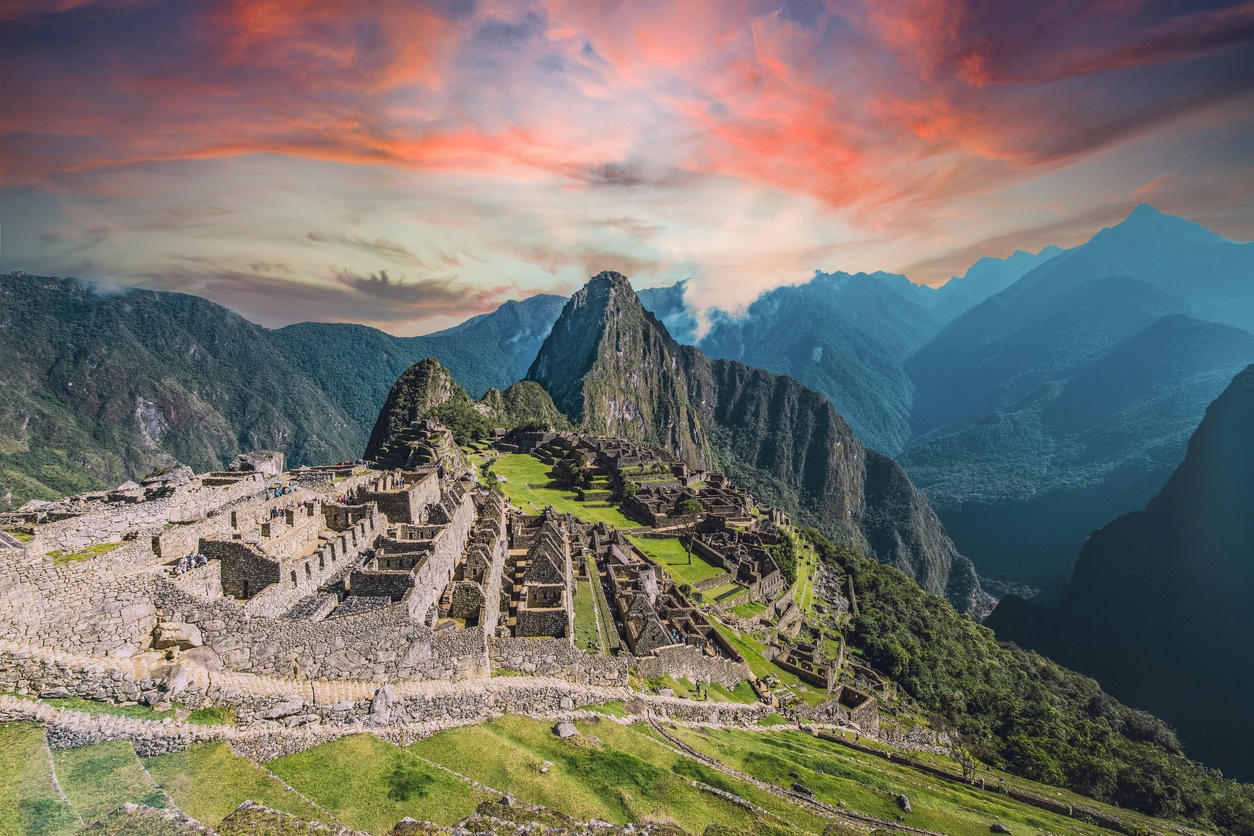
Machu Picchu (Perú)
Machu Picchu is an Inca citadel located on top of a mountain in the region of Cusco, Peru. It was built in the 15th century and abandoned in the 16th century, after the arrival of the Spanish conquistadors. The citadel was rediscovered in 1911 and since then it has been one of the most popular tourist destinations in South America. Machu Picchu is famous for its impressive architecture, including the Sun Gate, the Temple of the Sun and the Temple of the Three Windows. It is also considered a wonder of the world and has been a UNESCO World Heritage Site since 1983.
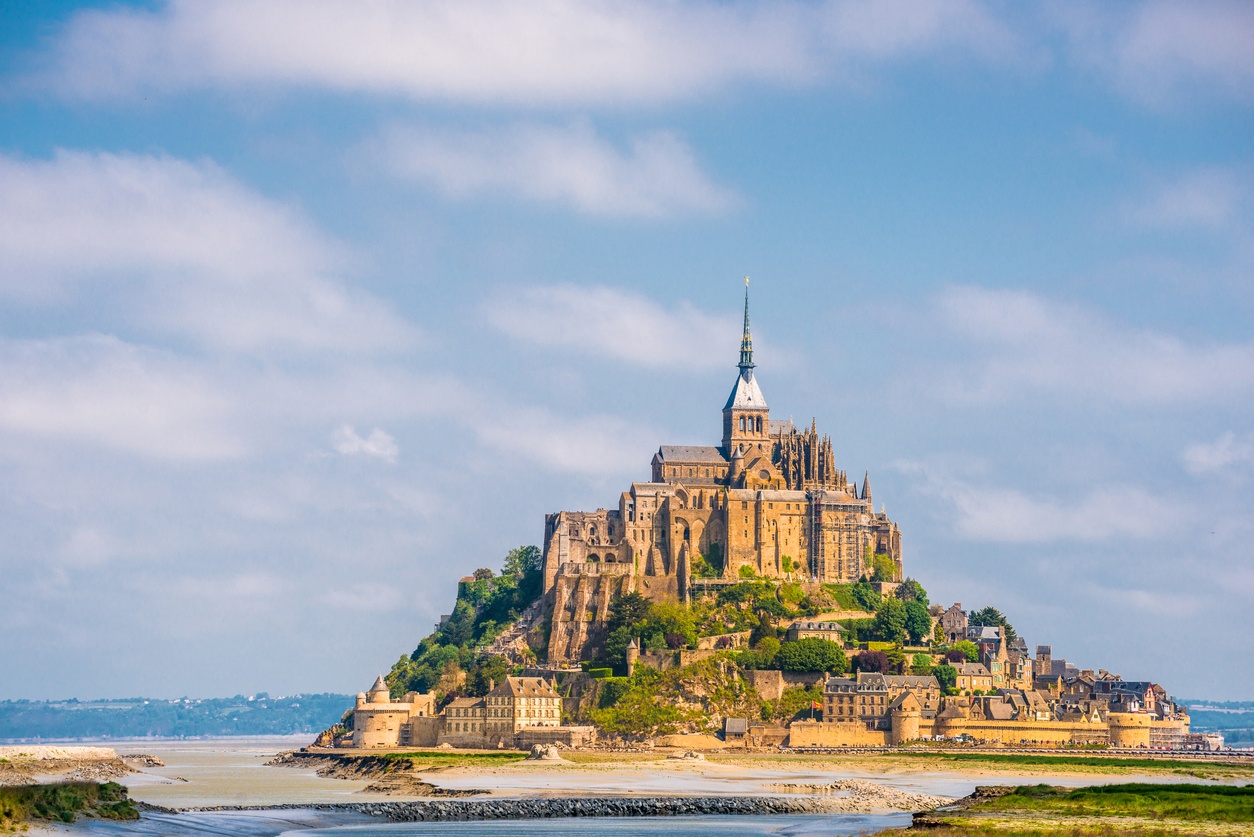
Mont Saint Michel (Normandy)
Mont Saint Michel is an impressive abbey located on a rocky island off the coast of Normandy, France. The abbey was founded in the 8th century and became an important religious and pilgrimage center in the Middle Ages. The abbey is famous for its Gothic architecture, as well as its location on a small island connected to the mainland by a stone bridge. Today, Mont Saint Michel is one of the most popular tourist destinations in France and has been a UNESCO World Heritage Site since 1979.
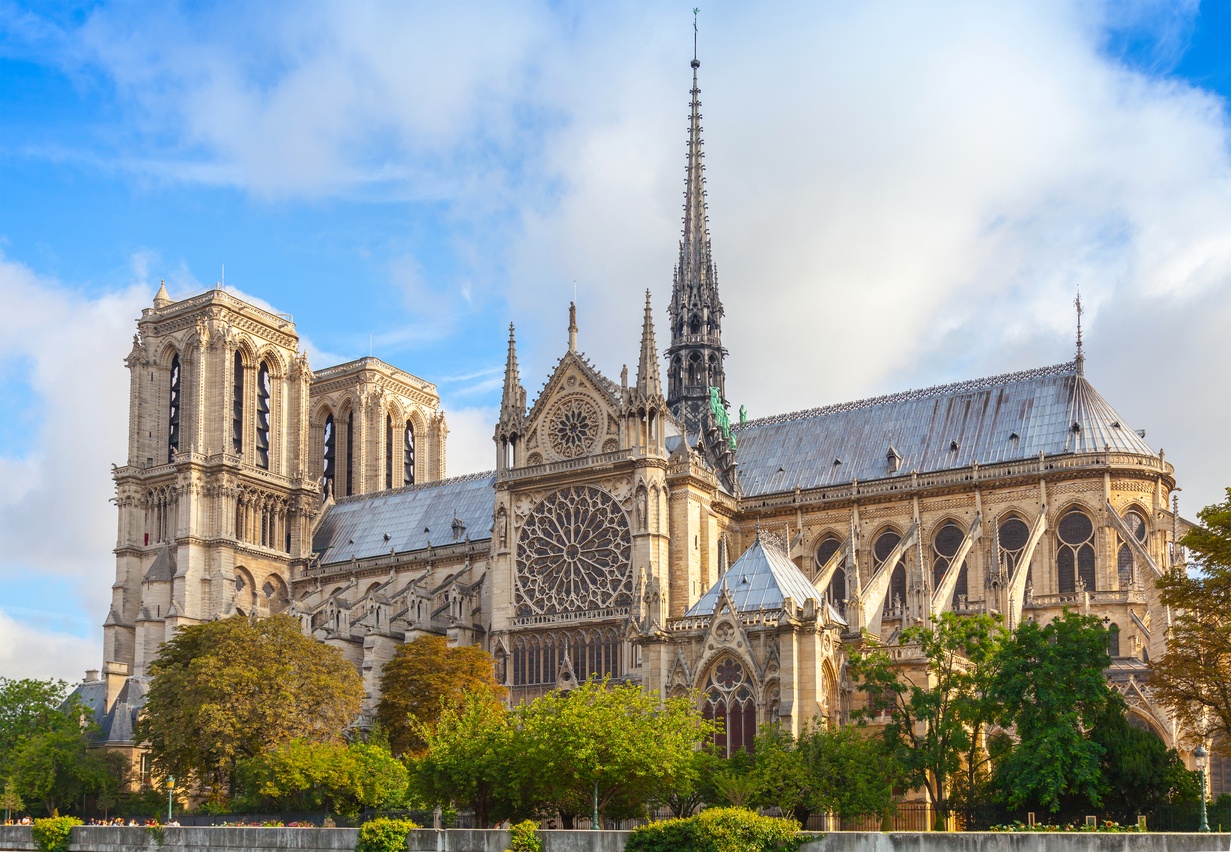
Notre Dame (Paris)
Notre Dame is a cathedral of Catholic worship dedicated to the Virgin Mary, located on the Île de la Cité, in the center of Paris. It is one of the oldest and most famous Gothic cathedrals in the world, built between the twelfth and fourteenth centuries. Its facade has two towers of 69 meters high, from which you can see a panoramic view of the city. Inside you can admire its rose windows, its stained glass windows, its organ and its treasury. The cathedral has been the scene of important historical events, such as the coronation of Napoleon Bonaparte or the beatification of Joan of Arc. On April 15, 2019, it suffered a serious fire that damaged part of its structure and caused the collapse of its central spire. It is currently closed to the public for restoration work. The cathedral is a World Heritage Site since 1991 and one of the most visited monuments in France.
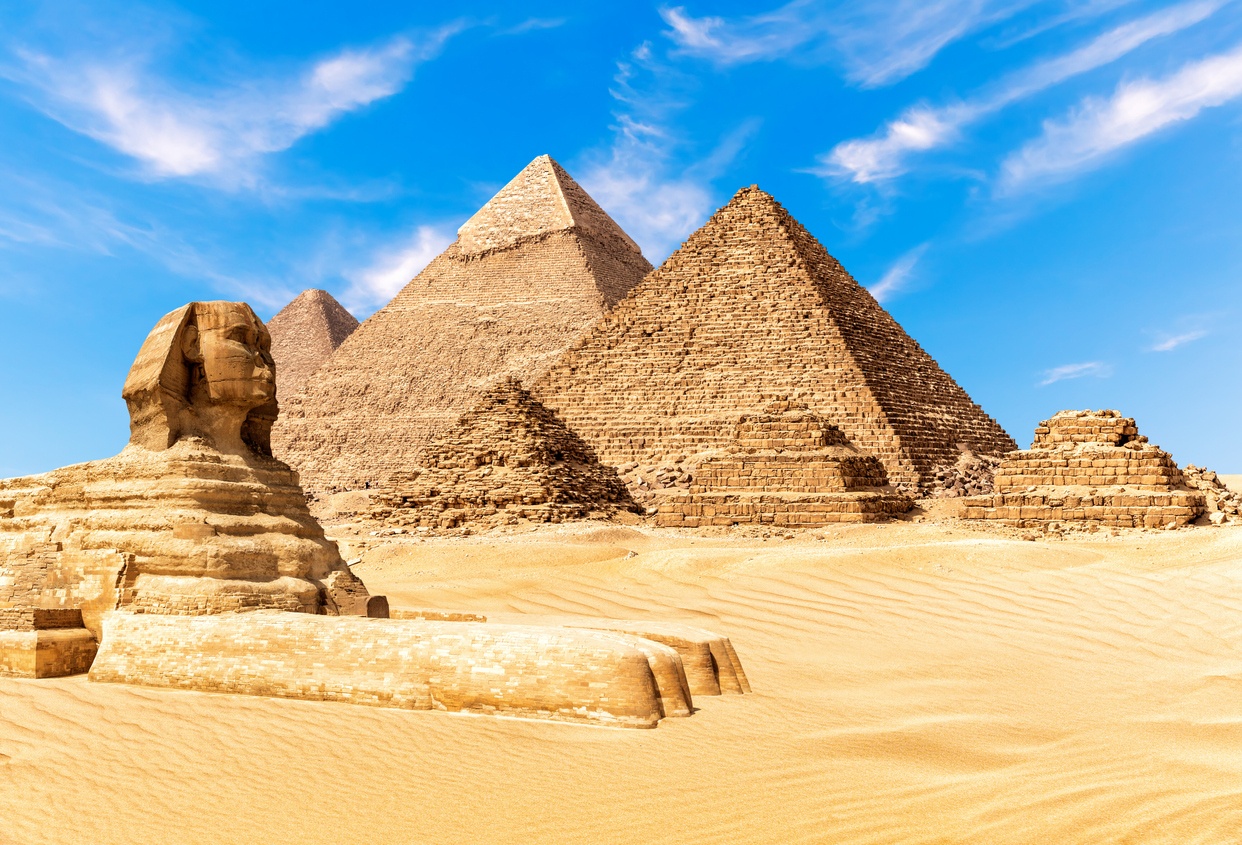
Pyramids of Giza (Egypt)
The Pyramids of Giza are a set of funerary monuments built by the pharaohs of the fourth dynasty of Ancient Egypt, about 4500 years ago. They are located on the Giza plateau near Cairo and are the oldest and largest pyramids in Egypt. The three main pyramids are the pyramids of Cheops, Chephren and Mykerinos, which correspond to the names of the pharaohs who had them erected. The pyramids were intended to preserve the pharaoh’s body and spirit for the afterlife, and were surrounded by temples, moats and other auxiliary structures. The pyramids are a showcase of ancient Egyptian engineering, architecture and art, and it is unknown how the huge blocks of stone that form them were transported and placed. The pyramids are a World Heritage Site since 1979 and one of the seven wonders of the ancient world. Their name means «mountains» in ancient Egyptian.
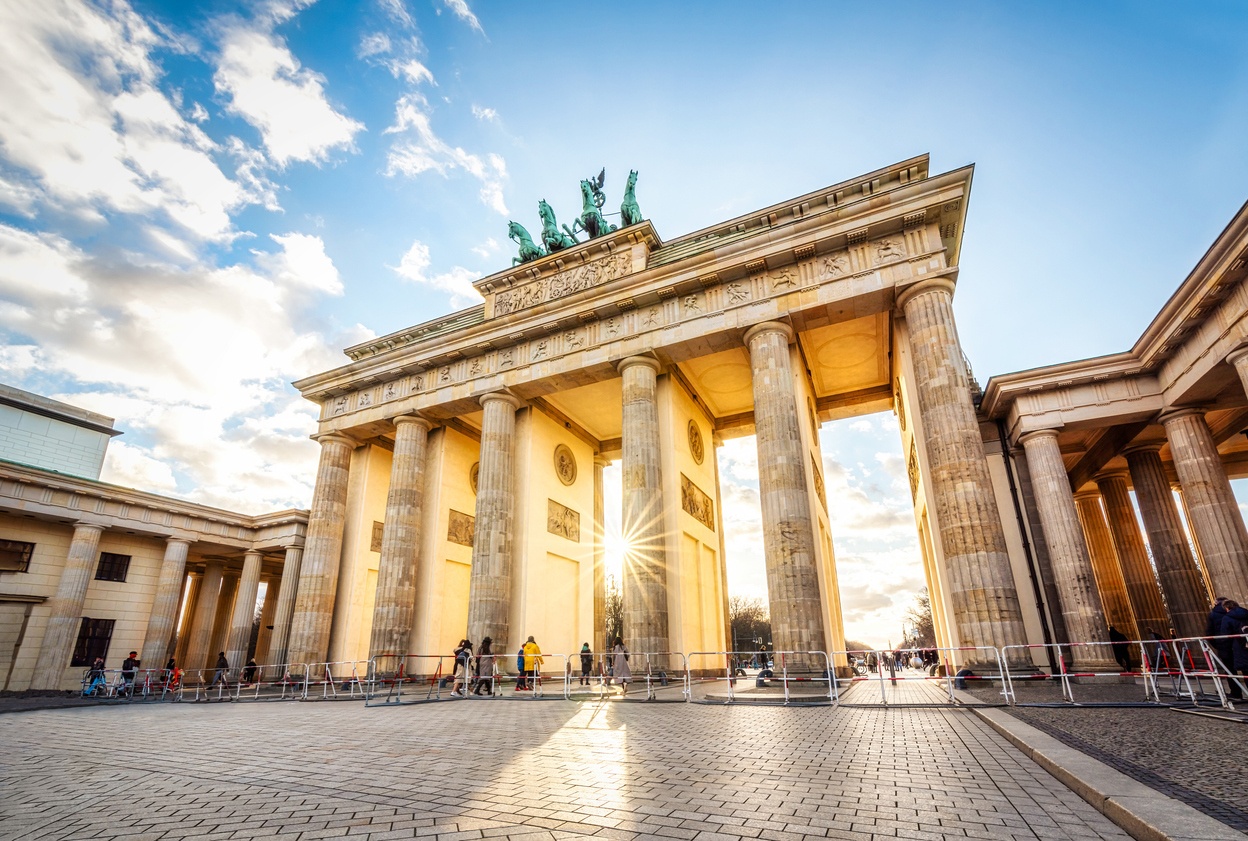
Brandenburg Gate (Berlin)
The Brandenburg Gate is an iconic monument located in Berlin, Germany. It was built in the 18th century as an entrance to the city center and has witnessed many historical events over the years. The gate is an outstanding example of neoclassical architecture and is crowned by a statue of the Greek goddess of victory, Eirene. During the Cold War, the Brandenburg Gate was in the Soviet zone of control and became a symbol of the division between East and West. Since German reunification, the Brandenburg Gate has become a symbol of unity and freedom.
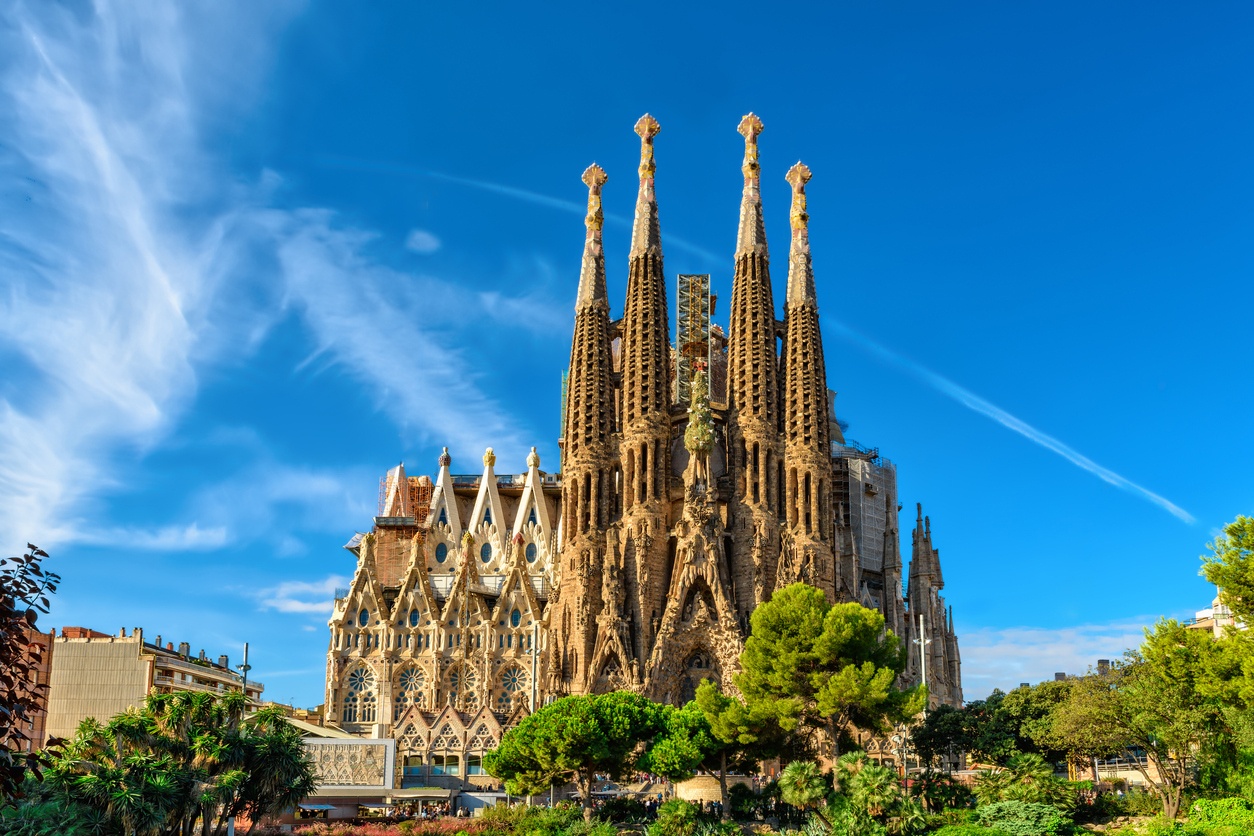
Sagrada Familia (Barcelona)
The Sagrada Familia is a Catholic basilica in Barcelona, designed by architect Antoni Gaudí. It is an expiatory temple that began in 1882 and is still under construction. It is a masterpiece of modernism and sacred art, combining symbolic, geometric and natural elements. The Sagrada Familia offers guided tours, worship services, concerts and cultural activities. You can also visit the Gaudí House Museum, where the architect lived. The Sagrada Familia is a UNESCO World Heritage Site since 2005.
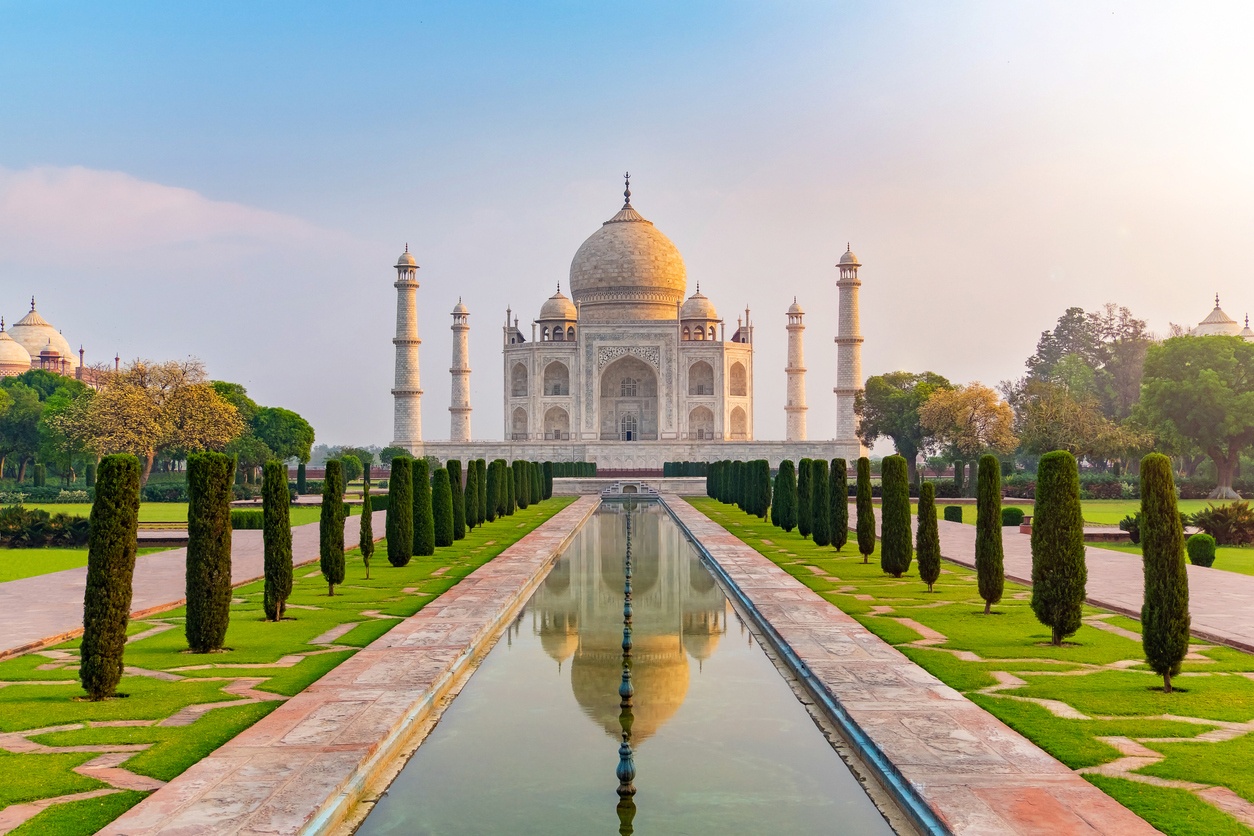
Taj Mahal (India)
The Taj Mahal is a white marble mausoleum located in the city of Agra, India. It was built by the Mughal emperor Shah Jahan in memory of his wife Mumtaz Mahal in the 17th century. The building is famous for its impressive architecture, including its marble dome and intricate decorative details. In addition, the Taj Mahal is considered one of the most remarkable examples of Mughal architecture and has been a UNESCO World Heritage Site since 1983. It is one of India’s most popular tourist destinations and attracts millions of visitors each year.
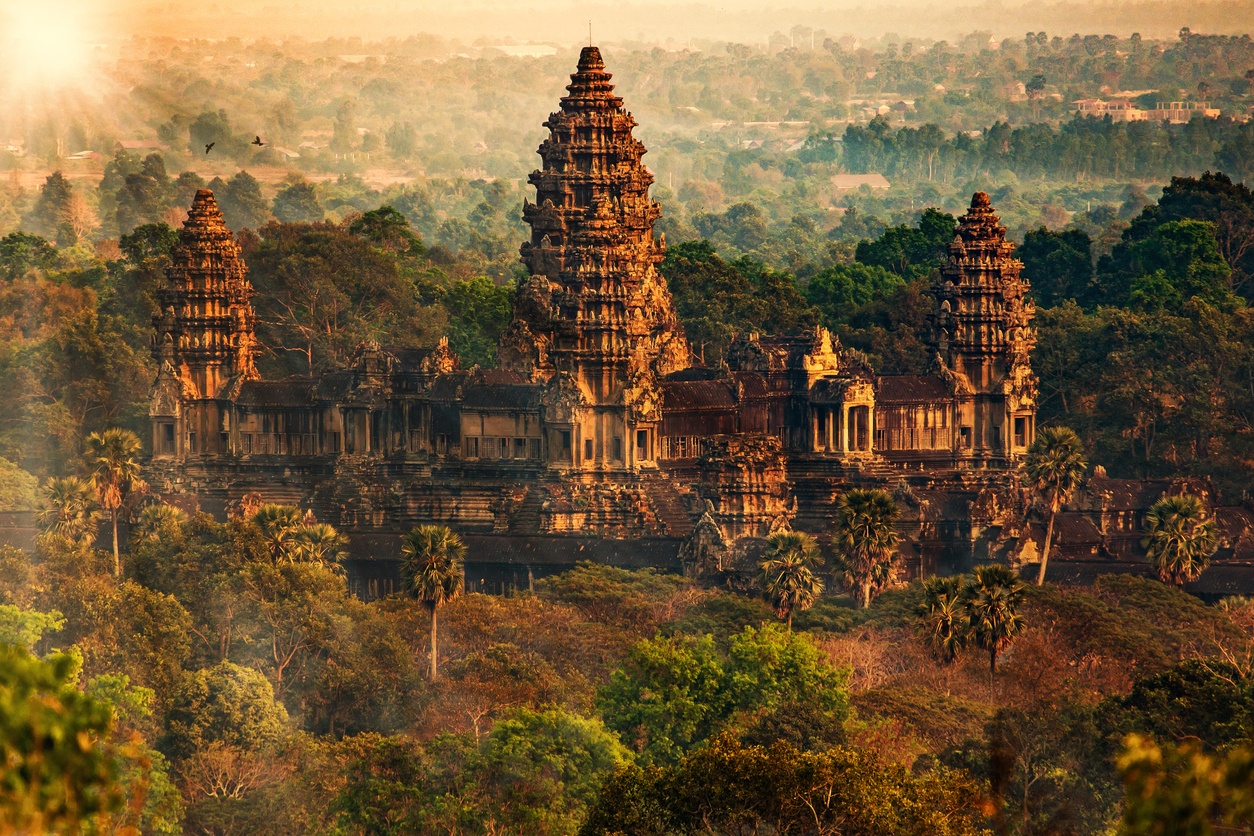
Temples of Angkor (Camboya)
The Angkor Temples are a group of temples and ruins located in the Siem Reap region of Cambodia. They were built during the Khmer Empire, between the 9th and 15th centuries, and are famous for their impressive architecture and for being an important religious and political center of the time. The Angkor Wat temple, in particular, is considered the largest religious monument in the world and has been a UNESCO World Heritage Site since 1992. The Angkor Temples are one of Cambodia’s most popular tourist destinations and attract millions of visitors each year.
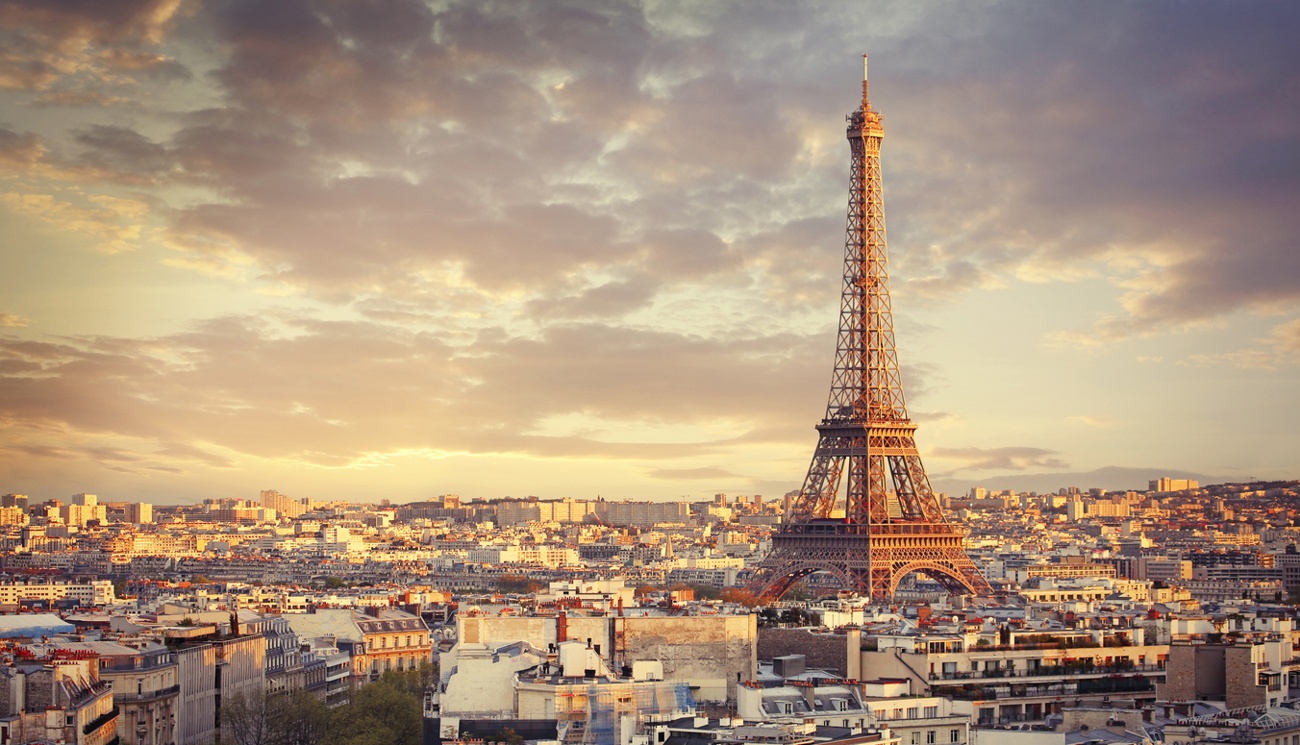
Eiffel Tower (Paris)
The Eiffel Tower is an iron tower 300 meters high, which was built by the engineer Gustave Eiffel for the Paris Universal Exposition of 1889. It is the most representative symbol of Paris and the most visited paid monument in the world. The Eiffel Tower has three levels open to the public, where you can enjoy panoramic views of the city, eat in its restaurants or visit its museum. The Eiffel Tower is also a radio and television station, and has special lighting at night. In 2022, a new antenna was added, raising its height to 330 meters.
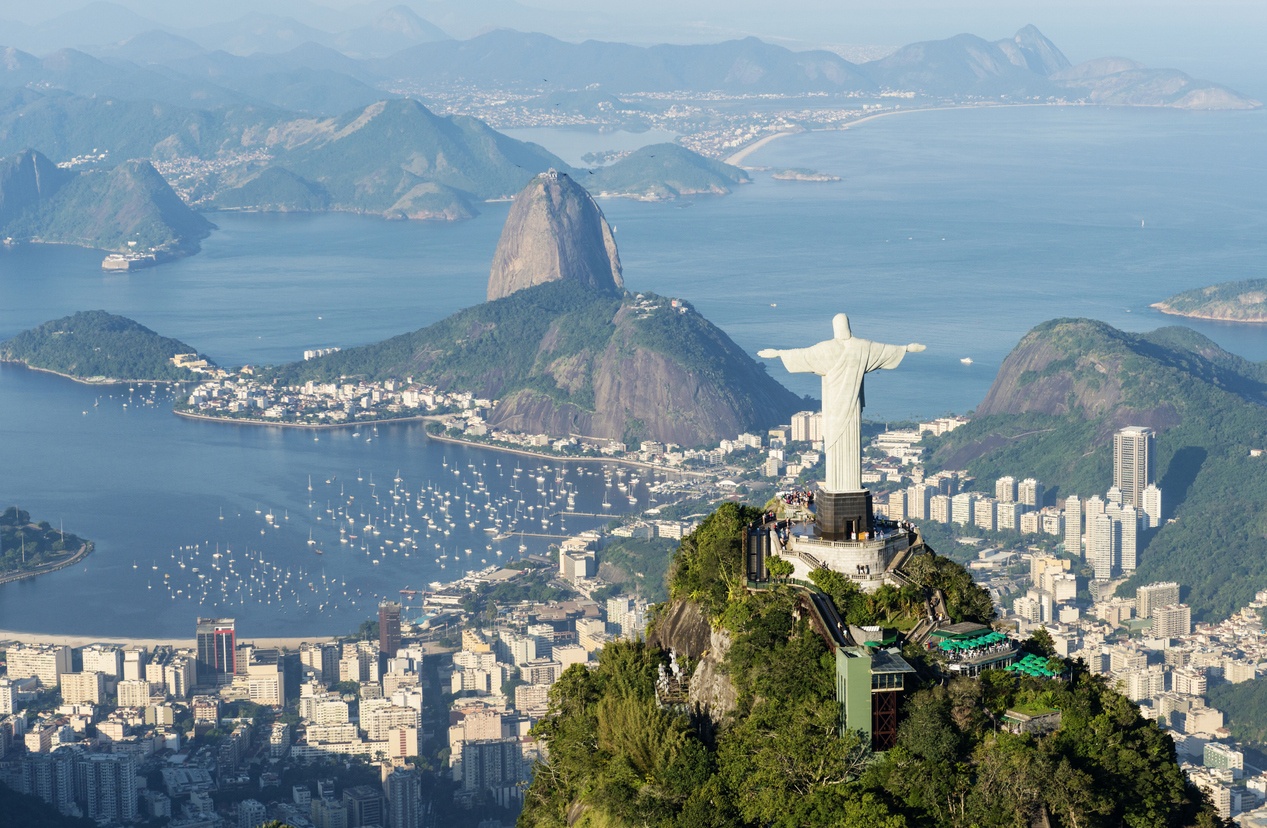
Christ the Redeemer (Río de Janeiro)
Christ the Redeemer is an impressive statue of Jesus Christ located at the top of Corcovado Hill in Rio de Janeiro, Brazil. It was built in the 20th century and is one of the most recognized symbols of the city. The statue is of art deco style and measures 30 meters high, with a base of 8 meters high. Since its inauguration in 1931, Christ the Redeemer has been a major tourist attraction and is considered one of the most famous monuments in the world.






